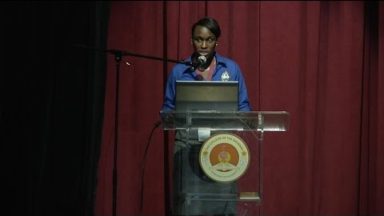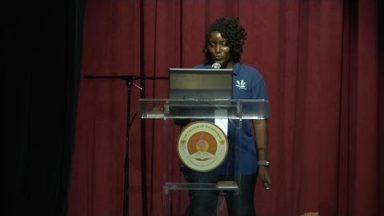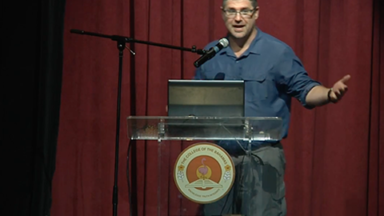Reef Rehabilitation and Facilitating the Recovery of Endangered Coral Species
Presented by Craig Dahlgren
Craig Dahlgren, Andy Stamper, Tanya Kamerman, and Amber Thomas
Live coral cover on Bahamian reefs has seen dramatic declines over the past 40 years due to global, regional and local threats and stressors. For some species like staghorn coral (Acropora cervicornis) and elkhorn coral (A. palmata), population declines are estimated to have exceeded 90%. While reefs were once able to rebound from these impacts, the resilience of reefs has been compromised to the point where they can no longer recover from natural stressors or human impacts that kill corals. The loss of resilience can be attributed to a number of factors that prevent new coral larvae from settling to reefs and surviving, including the overgrowth of reefs by macroalgae or turf algae and sediment mats due to increased nutrients and/or reduced grazing. For species that have seem dramatic declines in their populations, recruitment failure is also due to the fact that low population densities limit gamete production, and greater distances between remaining fragments in the population can reduce fertilization success. One strategy for overcoming these obstacles that has gained popularity is the use of coral nurseries for fast growing branching corals like staghorn and elkhorn coral. Typically these nurseries rely on asexual propagation by natural or artificial fragmentation, where small pieces of corals are grown to larger sizes and then outplanted to reefs. We examine the success of this approach in The Bahamas based on five years of coral outplants from nurseries off Southern Abaco. Factors that influence the outplant success are addressed, and the viability of this approach for reef rehabilitation and species recovery is discussed. We also discuss other nursery models and complementary strategies necessary for coral reef restoration and species recovery efforts to succeed.







Recent Comments